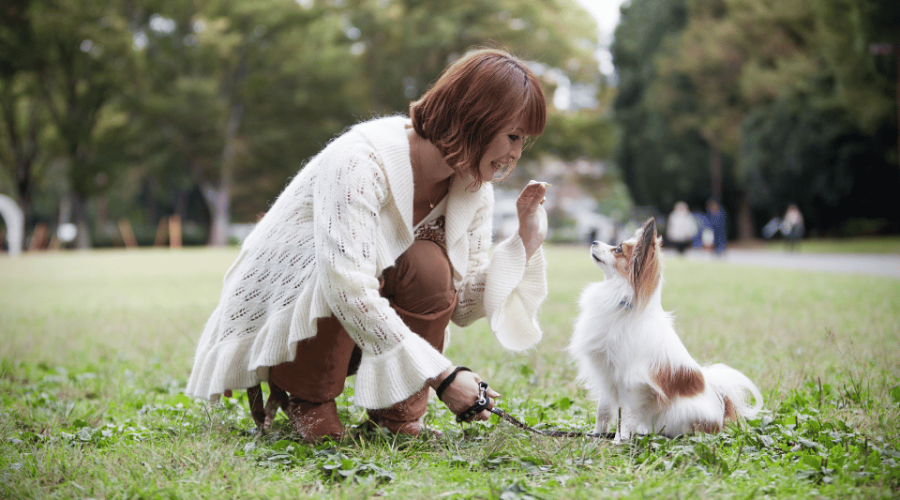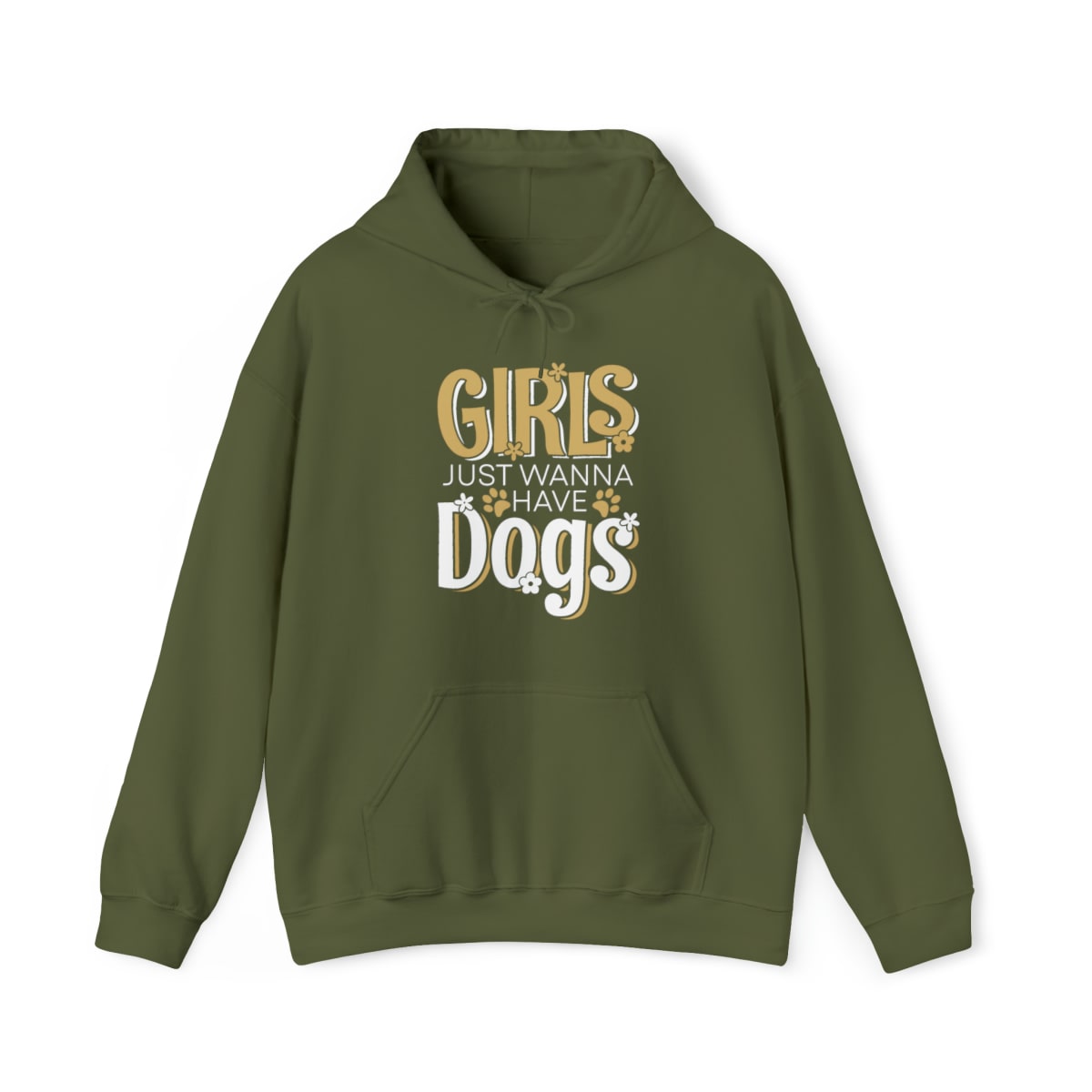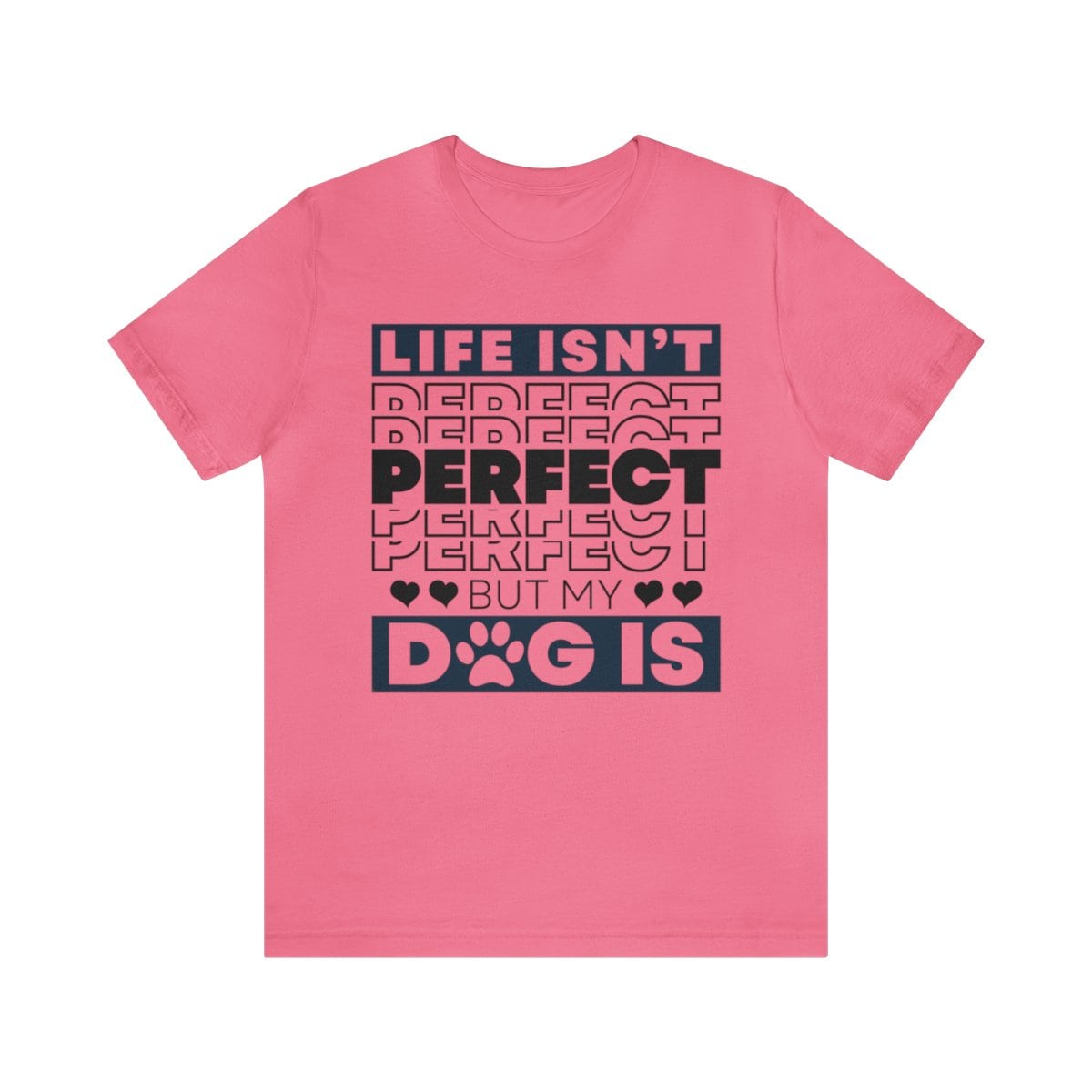Effective Dog Positive Reinforcement Training for Lasting Results

Understanding positive reinforcement training for dogs
When it comes to training your furry friend, positive reinforcement is an incredibly effective and humane method that can lead to long-lasting results. Unlike other dog training methods that rely on punishment or dominance, positive reinforcement focuses on rewarding desired behaviors, making the learning process enjoyable for your dog. By understanding the principles of positive reinforcement training, you can create a strong bond with your canine companion while teaching them important skills and behaviors.
Positive reinforcement training involves rewarding your dog with praise, treats, or play whenever they exhibit a desired behavior. This method relies on the principle that dogs are more likely to repeat behaviors that are followed by something pleasant. For example, if your dog sits on command and you reward them with a treat, they will associate sitting with positive outcomes and be more likely to do it again.
The benefits of positive reinforcement training
Positive reinforcement training offers a multitude of benefits for both you and your dog. Firstly, it creates a positive and enjoyable learning experience. By focusing on rewards rather than punishment, your dog will look forward to training sessions and be more motivated to learn. This positive association with training will strengthen your bond and enhance your dog’s willingness to cooperate.
Additionally, positive reinforcement training is highly effective in shaping desired behaviors. By rewarding your dog for specific actions, you can teach them commands, tricks, and obedience. This method also promotes better communication between you and your dog, as they learn to associate certain cues or words with specific behaviors.
Furthermore, positive reinforcement training is a gentle and humane approach. It does not involve any physical or verbal punishment, which can be harmful and damaging to your dog’s well-being. Instead, it focuses on building trust and a positive relationship between you and your furry companion.
Positive reinforcement training vs. other dog training methods
Positive reinforcement training stands in contrast to other dog training methods that rely on punishment or dominance. Methods such as dominance training or using aversive techniques can have negative consequences on your dog’s mental and emotional well-being. These methods may create fear, anxiety, and aggression in dogs, leading to a breakdown in the human-animal bond.
On the other hand, positive reinforcement training is based on the principles of behavioral science and is supported by research. It has been proven to be effective in teaching dogs new behaviors and modifying existing ones. By providing rewards and positive experiences, you can motivate your dog to learn and respond to your commands willingly.
The science behind positive reinforcement
Positive reinforcement training is rooted in the science of behaviorism. This psychological approach focuses on understanding how behaviors are learned and can be modified through rewards and consequences. According to behaviorism, animals, including dogs, are more likely to repeat behaviors that are followed by pleasurable outcomes.
When you use positive reinforcement, you are tapping into your dog’s natural desire for rewards. By associating specific behaviors with positive consequences, you can shape their behavior and encourage them to repeat desired actions. This process is known as operant conditioning, where the dog learns to associate their actions with a reward.
The use of rewards in positive reinforcement training stimulates the release of dopamine in your dog’s brain, creating a positive emotional response. This reinforces the connection between the behavior and the reward, making it more likely that your dog will continue to perform the desired action.
Getting started with positive reinforcement puppy training
Positive reinforcement training is particularly effective when started at a young age. If you have a puppy, you can begin their training journey using positive reinforcement techniques. Here are some steps to get you started:
Establish a routine: Puppies thrive on routine, so it is essential to establish a consistent training schedule. Set aside regular training sessions throughout the day to work on basic commands and behaviors.
Choose appropriate rewards: Select treats that your puppy finds highly motivating. Small, soft treats that can be quickly consumed are often a good choice. Additionally, use verbal praise and enthusiastic petting as rewards to reinforce good behavior.
Start with basic commands: Begin by teaching your puppy simple commands like “sit,” “stay,” and “come.” Break down each command into small steps and reward your puppy for successfully completing each step. Gradually increase the difficulty of the commands as your puppy becomes more proficient.
Be patient and consistent: Remember that puppies have short attention spans, so keep training sessions short and fun. Be patient with your puppy and offer plenty of positive reinforcement. Consistency is key to ensure that your puppy understands what is expected of them.
Socialize your puppy: Positive reinforcement training is not just about teaching basic commands; it also involves socializing your puppy. Expose them to different people, animals, and environments in a positive and controlled manner. Reward your puppy for calm and friendly behavior during socialization experiences.
By starting positive reinforcement training early, you can set a solid foundation for your puppy’s future behavior and obedience.
Essential tools for positive reinforcement training
To effectively practice positive reinforcement training, there are a few essential tools that can help enhance the training experience. These tools aim to facilitate communication between you and your furry friend and promote a positive learning environment. Here are some examples:
Treats: High-value treats are a crucial tool in positive reinforcement training. Choose treats that your dog finds irresistible and reserve them exclusively for training sessions. This will make them more motivating and rewarding for your dog.
Clicker: A clicker is a small device that makes a distinct sound when pressed. It is used as a marker to signal to your dog that they have performed the desired behavior, and a reward is coming. Clicker training helps to precisely mark the behavior you want to reinforce.
Leash and collar/harness: A leash and collar or harness are essential for keeping your dog safe and under control during training sessions. Opt for a comfortable and properly fitting collar or harness that does not cause discomfort or restrict your dog’s movement.
Toys: Toys can be used as rewards during training sessions, especially for dogs that are highly motivated by play. Use interactive toys that engage your dog’s brain and provide mental stimulation.
Training treats pouch: A training treats pouch allows you to have treats readily accessible during training sessions. It keeps your hands free and ensures that you can quickly reward your dog for their good behavior.
By having these essential tools at your disposal, you can create a positive and effective training environment for your dog.
Common mistakes to avoid in positive reinforcement training
While positive reinforcement training is highly effective, there are some common mistakes that dog owners should avoid. These mistakes can hinder the learning process and may lead to confusion or frustration for both you and your dog. Here are some common mistakes to be aware of:
Inconsistency: Consistency is crucial in positive reinforcement training. Inconsistency in rewarding or enforcing behaviors can confuse your dog and make it harder for them to understand what is expected of them. Make sure to consistently reward desired behaviors and avoid accidentally rewarding unwanted behaviors.
Timing: The timing of the reward is essential in positive reinforcement training. The reward should be given immediately after the desired behavior occurs to strengthen the association between the behavior and the reward. Delaying the reward may cause your dog to be unsure of what they are being rewarded for.
Using punishment: Positive reinforcement training focuses on rewards and encouragement, not punishment. Avoid using physical force, yelling, or any form of punishment during training sessions. Punishment can create fear and anxiety in your dog, undermining the trust and positive association they have with training.
Neglecting socialization: Positive reinforcement training is not just about teaching basic commands; it also involves socializing your dog. Neglecting socialization can result in behavioral issues later on. Make sure to expose your dog to different people, animals, and environments in a positive and controlled manner.
Lack of patience: Dogs learn at their own pace, and it is essential to be patient during the training process. Rushing or becoming frustrated can hinder your dog’s progress and create a negative learning environment. Remember to celebrate small victories and provide plenty of positive reinforcement.
By avoiding these common mistakes, you can ensure that your positive reinforcement training sessions are effective and enjoyable for both you and your dog.
Advanced techniques for positive reinforcement training
Once you have mastered the basics of positive reinforcement training, you can explore advanced techniques to further enhance your dog’s training experience. These techniques can help take your dog’s obedience and behavior to the next level. Here are some advanced techniques to consider:
Targeting: Targeting involves teaching your dog to touch a specific object, such as your hand or a target stick, with their nose or paw. This technique can be used to teach more complex behaviors and tricks. By targeting, you can guide your dog’s movements and shape their behavior.
Chaining behaviors: Chaining behaviors involves teaching your dog to perform multiple behaviors in a specific sequence. For example, you can teach your dog to sit, then lie down, and finally roll over. Chaining behaviors adds complexity to your dog’s training and helps them understand the relationship between different commands.
Proofing behaviors: Proofing behaviors involves practicing commands and behaviors in different environments and with distractions. This helps your dog generalize their training and ensures that they respond to commands in various situations. Gradually increase the difficulty level by introducing distractions and practicing in new locations.
Capturing and shaping: Capturing involves rewarding your dog for spontaneously performing a desired behavior. For example, if your dog sits on their own, you can immediately reward them. Shaping involves breaking down a complex behavior into small steps and rewarding your dog for successfully completing each step. These techniques can be used to teach more advanced behaviors and tricks.
Off-leash training: Once your dog has mastered on-leash obedience, you can start working on off-leash training. Begin in a secure and controlled environment and gradually increase the level of freedom. Always prioritize safety and ensure that your dog has a reliable recall command before practicing off-leash.
By incorporating these advanced techniques into your positive reinforcement training, you can further develop your dog’s skills and deepen the bond between you.
Troubleshooting common challenges in positive reinforcement training
While positive reinforcement training is generally effective, you may encounter some challenges along the way. Understanding and addressing these challenges can help you overcome them and continue making progress in your training journey. Here are some common challenges in positive reinforcement training and how to troubleshoot them:
Lack of motivation: If your dog seems unmotivated during training sessions, it may be because the rewards you are using are not enticing enough. Experiment with different types of treats or rewards to find what truly motivates your dog. Additionally, consider increasing the value of the reward for more challenging behaviors.
Distractions: Dogs can be easily distracted, especially when training in new environments or with other dogs present. To overcome distractions, gradually increase the level of difficulty by introducing distractions in a controlled manner. Start with minimal distractions and gradually build up to more challenging situations.
Excessive enthusiasm: While enthusiasm is generally a positive trait, it can sometimes hinder training progress. If your dog becomes overly excited during training sessions, it may be difficult for them to focus and follow commands. Practice impulse control exercises and incorporate calmness training into your routine.
Plateau in progress: It is common to experience a plateau in training progress at times. If your dog seems to have reached a plateau, take a step back and review your training techniques. Assess if there are any inconsistencies or if you need to change your approach. Sometimes, taking a short break from training can also help refresh both you and your dog.
Fear or anxiety: Some dogs may exhibit fear or anxiety during training sessions, particularly if they have had negative experiences in the past. If your dog shows signs of fear or anxiety, it is important to create a safe and positive training environment. Use gradual desensitization and counter-conditioning techniques to help your dog overcome their fears.
By troubleshooting these common challenges and adapting your training approach, you can continue progressing in your positive reinforcement training journey.
The importance of consistency in positive reinforcement training
Consistency is a key factor in successful positive reinforcement training. Dogs thrive on routine and clear expectations, so it is crucial to be consistent in your training methods and expectations. Here are some reasons why consistency is important in positive reinforcement training:
Clarity: Consistency provides clear communication to your dog. When you consistently reward desired behaviors and ignore or redirect unwanted behaviors, your dog understands what is expected of them. This clarity helps them learn and respond to commands more effectively.
Reinforcing associations: Consistency reinforces the association between a behavior and its consequence. If you consistently reward your dog for sitting, they will quickly learn that sitting leads to a positive outcome. This strengthens the desired behavior and makes it more likely to be repeated.
Building trust: Consistency builds trust between you and your dog. When your dog knows what to expect from you and can rely on consistent rewards and positive reinforcement, they feel secure and more willing to engage in training sessions. This trust strengthens the bond between you and your dog.
Preventing confusion: Inconsistency can lead to confusion for your dog. If you sometimes reward a behavior and other times ignore it, your dog may become unsure of what they are being rewarded for. This confusion can slow down the learning process and make training less effective.
Generalization: Consistency helps your dog generalize their training to different situations and environments. By consistently rewarding behaviors in various settings, your dog learns to respond to commands regardless of the context. This ensures that their training is applicable in real-world scenarios.
Consistency is a powerful tool in positive reinforcement training that helps create a harmonious and effective training experience for both you and your dog.
Resources for further learning and support in positive reinforcement training
If you are interested in delving deeper into positive reinforcement training or need additional support, there are several resources available:
Books: There are numerous books on positive reinforcement training that provide comprehensive guidance and tips. Some recommended titles include “Don’t Shoot the Dog!” by Karen Pryor and “The Power of Positive Dog Training” by Pat Miller.
Online courses: Many reputable dog training organizations offer online courses on positive reinforcement training. These courses provide structured learning and allow you to interact with experienced trainers.
Professional trainers: Working with a professional dog trainer who specializes in positive reinforcement training can be invaluable. They can provide personalized guidance, address specific challenges, and help you and your dog progress in your training journey.
Online communities: Joining online communities or forums dedicated to positive reinforcement training can connect you with like-minded dog owners and trainers. These communities provide a platform for sharing experiences, asking questions, and seeking advice.
Remember that positive reinforcement training is a continuous learning process. Stay open to new ideas, continue educating yourself, and adapt your training methods as needed.
Conclusion
Positive reinforcement training is a powerful and humane method for training your dog. By focusing on rewards and positive experiences, you can build a strong bond with your furry companion while teaching them essential skills and behaviors. Understanding the principles of positive reinforcement, avoiding common mistakes, and utilizing advanced techniques will lead to lasting results.
Remember to be patient, consistent, and adapt your training methods to suit your individual dog’s needs. Seek resources and support when needed, and always prioritize your dog’s well-being and happiness. With positive reinforcement training, you can create a harmonious and rewarding relationship with your canine companion.
Start your positive reinforcement training journey today and witness the incredible transformation in your dog’s behavior and your bond with them.
Share this:






